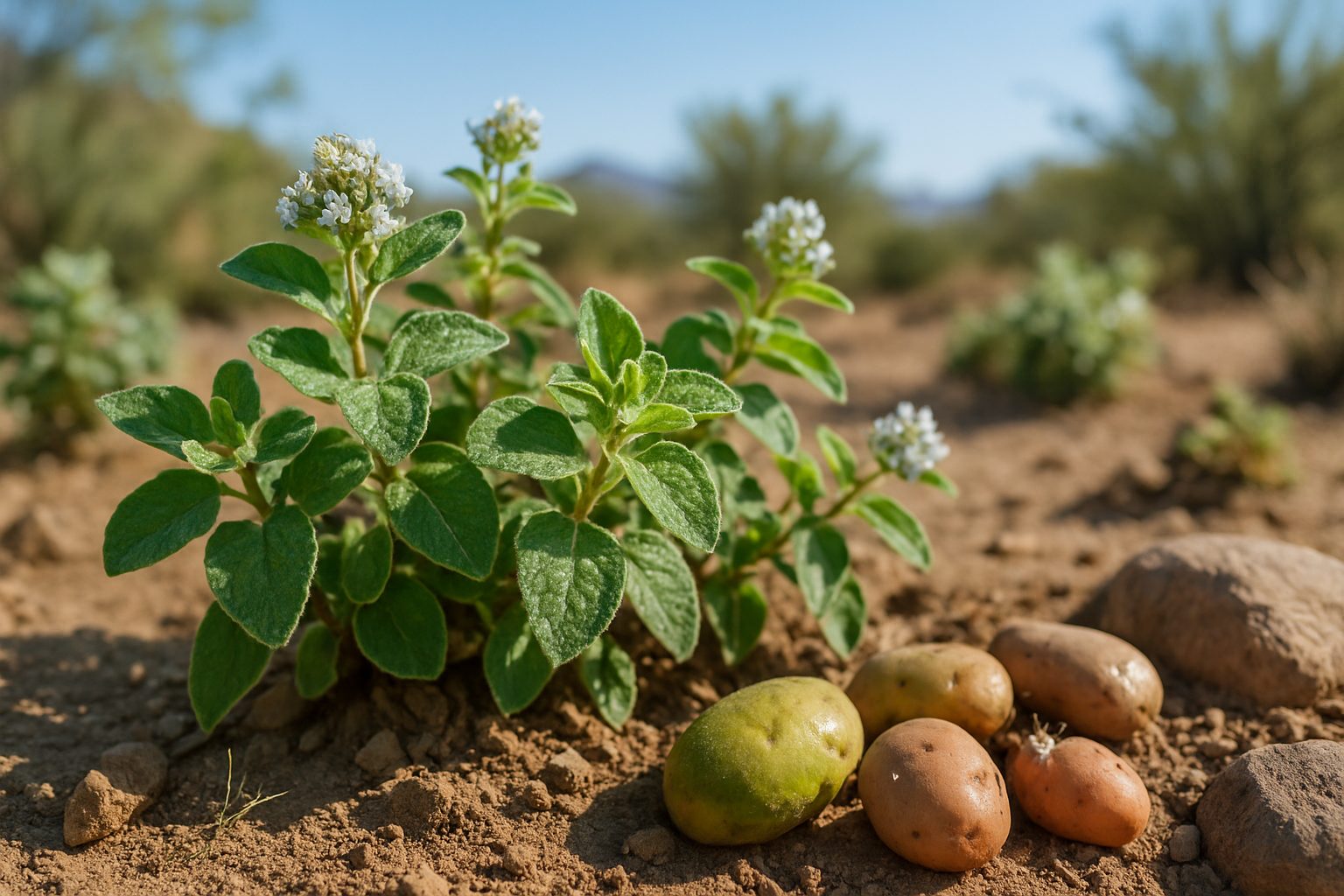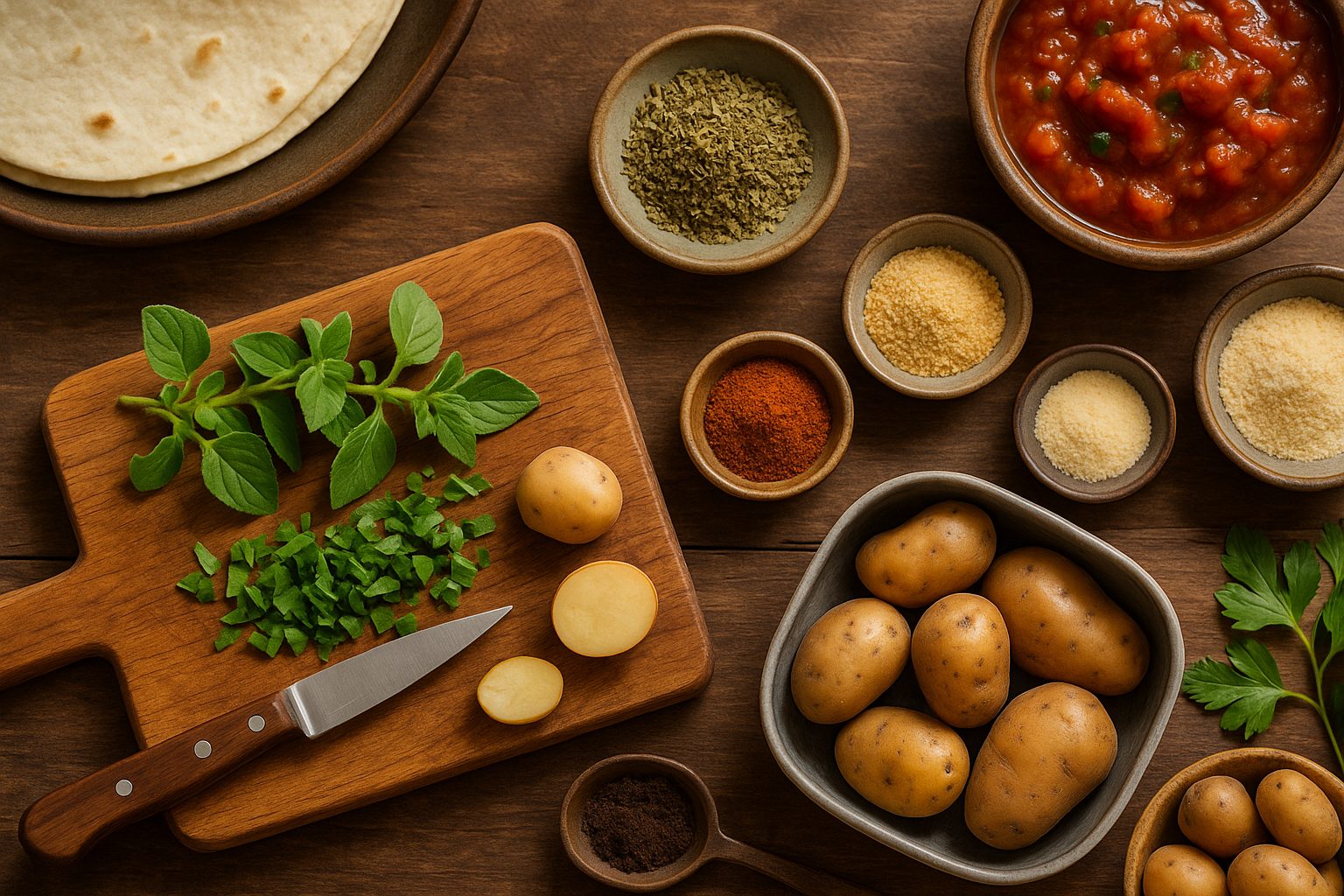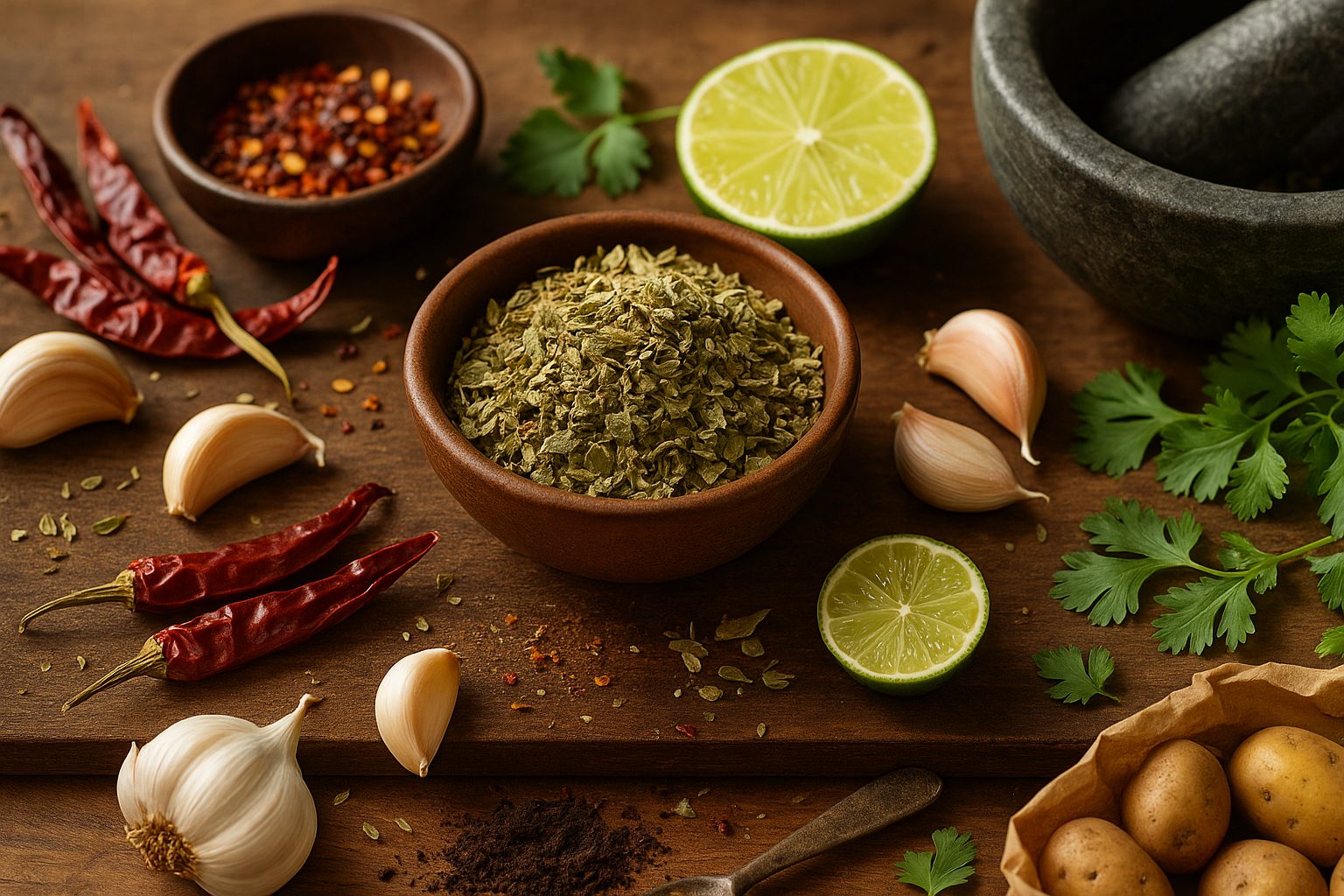What Is Mexican Oregano?

Mexican oregano is a staple ingredient in cooking, well-known for adding earthy, citrusy, and slightly peppery undertones to countless dishes. But what exactly is Mexican oregano, and how does it differ from the more familiar Mediterranean oregano?
Botanically, Mexican oregano (Lippia graveolens) is not related to Mediterranean oregano (Origanum vulgare). While both share a similar name and flavor profile, Mexican oregano belongs to the verbena family, which gives it a stronger, brighter taste—perfect for robust Latin American recipes.
This herb grows natively in Mexico, the American Southwest, Central America, and parts of the Caribbean, thriving in arid climates where its fragrant, resilient leaves flourish.
Traditionally, Mexican oregano is used in classic Mexican dishes like pozole, mole, and salsas, enhancing the flavors of beans, meats, and stews. In broader Latin American and Southwestern cuisines, it’s often sprinkled over tacos, mixed into marinades, or brewed in herbal teas for its digestive benefits.
By understanding the distinction between these two oreganos and knowing where Mexican oregano is typically found, you can better appreciate its unique role and transformative power in beloved Latin American recipes.
Mexican Oregano vs. Mediterranean Oregano: Key Differences
While both Mexican oregano and Mediterranean oregano share a name, they offer distinctly different experiences in the kitchen. Mexican oregano, actually a relative of lemon verbena, bursts with bold, citrusy notes and hints of licorice and pepper. Its aroma is more pungent and zesty compared to Mediterranean oregano, which is part of the mint family and features an earthier, subtly minty fragrance with light bitterness.
Visually, Mexican oregano leaves are usually larger, lighter green, and slightly rougher, while Mediterranean oregano’s leaves are smaller, darker, and almost velvety. These differences influence their culinary roles:
- Mexican oregano is a staple in Latin American recipes, shining in enchilada sauce, tacos, and pozole, where its robust flavor holds up to chili peppers and hearty meats.
- Mediterranean oregano is essential in Italian and Greek classics—think tomato sauces, grilled vegetables, and Greek salads—where its gentle, savory character complements olive oil, basil, and cheese.
When substituting one for the other, remember that their distinct botanicals and flavor profiles can significantly alter a dish, so it’s worth seeking out the exact type your recipe calls for to achieve authentic flavor.
What Does Mexican Oregano Taste Like?
Mexican oregano stands out with a bright, citrusy aroma layered over subtle notes of licorice and a mild peppery kick, making it distinct from its Mediterranean cousin. Its vibrant flavor profile brings a fresh, earthy zing to classic dishes like pozole, carnitas, and salsa verde, where it effortlessly ties together tangy tomatoes, spicy chiles, and rich meats.
You’ll notice its citrus-laced scent especially when you crush the dried leaves between your fingers—perfect for perking up beans, grilled seafood, or hearty stews. What makes Mexican oregano truly special is how it enhances and balances dishes loaded with strong spices such as cumin, smoked chiles, and garlic.
Instead of competing, it lifts bold flavors, rounding off any sharpness and adding a bright, herbal top note that keeps your palate interested with every bite. When swapping in Mexican oregano, try starting with a smaller amount and adjusting to taste.
How to Use Mexican Oregano in Cooking

Mexican oregano is a versatile herb that can instantly elevate your dishes with its punchy, citrusy flavor—distinct from Mediterranean oregano’s sweeter notes. Whether you find it fresh or dried, this herb shines in a variety of Latin American and Tex-Mex recipes.
For fresh Mexican oregano, strip the leaves from their stems and chop them finely, adding them toward the end of cooking for the brightest flavor. In contrast, use dried Mexican oregano early in the cooking process so it has time to rehydrate and release its robust aroma; a quick crush between your fingers will help unlock its oils.
Classic uses include seasoning taco meats, enchilada sauces, pozole, birria, and adobo, where its earthiness brings depth to the sauce base. It’s a staple in salsas—just a pinch of dried oregano lifts tomato or tomatillo salsas—and elevates rubs for grilled meats like carne asada or pollo asado.
For an easy flavor boost, mix dried Mexican oregano with cumin, garlic powder, and chili powder to create a custom taco or fajita seasoning. It’s also fantastic in marinades for chicken or pork, pairing especially well with citrus juices. Try sprinkling some onto roasted vegetables, corn, or beans as a finishing touch.
When substituting Mediterranean oregano with Mexican oregano in recipes, start with a smaller amount and adjust to taste, as its flavor is more potent. With these tips, you’ll find plenty of ways to let Mexican oregano’s bold character shine in everyday cooking.
Best Substitutes for Mexican Oregano
If you’re out of Mexican oregano, Mediterranean oregano is the most common substitute, though it’s worth noting their flavors aren’t exactly the same. Mexican oregano has citrusy, slightly peppery undertones, while Mediterranean oregano is more herbaceous and mildly bitter.
When using Mediterranean oregano in place of Mexican oregano, start with a little less than the recipe calls for and add more as needed, tasting along the way. Another good option is marjoram, which offers a milder, sweeter flavor—again, start conservatively and adjust to your taste.
If you skip using any substitute, your dish could lack the bright, earthy notes that Mexican oregano provides, resulting in less depth and complexity, especially in Latin dishes like chili or pozole.
For a closer match, consider combining Mediterranean oregano with a pinch of crushed coriander or lime zest to help mimic the unique nuances of Mexican oregano.
Where to Buy and How to Store Mexican Oregano
You can find Mexican oregano at large grocery stores, often in the Latin or international foods aisle, as well as at Hispanic specialty markets where turnover tends to keep dried herbs fresh. For a wider selection, especially if you’re seeking fresh leaves or uncommon brands, check online at reputable retailers like Amazon, Spice House, or Latin food specialty sites.
When choosing, try to pick whole leaves over pre-ground oregano whenever possible, as whole leaves retain their essential oils and flavor longer. The leaves should be green and aromatic—not gray or faded. If buying fresh, look for bunches with vibrant, perky leaves rather than limp or wilted ones.
For storing dried oregano, keep it in an airtight container in a cool, dark place away from heat and light to maximize its shelf life and potency. Ideally, use dried oregano within six months for the best flavor. Fresh Mexican oregano can be refrigerated, loosely wrapped in damp paper towels and placed in a plastic bag, where it will stay fresh for up to a week.
Is It Worth Stocking Mexican Oregano in Your Pantry?
Keeping Mexican oregano in your pantry can be a game-changer for home cooks who love exploring bold, authentic flavors. Unlike Mediterranean oregano, which is milder and more floral, Mexican oregano packs a citrusy punch with earthy, slightly anise-like notes that elevate dishes like chili, tacos, and pozole.
If you usually reach for regular oregano or marjoram as a substitute, you might notice your meals lack the distinct depth found in Mexican and Tex-Mex cuisine. This herb’s unique taste shines most in tomato-based sauces, bean dishes, and slow-cooked meats, where its robust flavor cuts through rich ingredients and brings balance.
Having Mexican oregano on hand means you’ll always be ready to create truly vibrant salsas or add complexity to store-bought enchilada sauce. Overall, stocking it can take your homemade meals from good to genuinely memorable with just a pinch.
